[EDIT: you can read the stories from my progress across my map here.]
Two collared doves look down at me from a phone wire. The narrow road is lined with rough, thick hedges which are still a deep lush summer green. Someone has chucked a kids slide halfway over the hedge at one point. ‘The sun is hot on my back’, I think to myself, but there’s a fresh sheen of dew across the fields. Horses grazed in a paddock as a police forensic van drives past. Somewhere in the distance a dog barks, a man shouts instructions and there’s the sound of a tractor driving over a field.
I was riding merrily through this quiet scene on the edge of the marshes when I spotted an apple tree growing wild by the road. A cluster of red apples caught my eye so I stopped my bike. I gave the trunk a bit of a shake and caught the first apple that fell. My first tree apple of the year. As I crunched the tart, white flesh I remembered that I ate an apple like this on my very first grid square long ago. The seasons revolve round and I realise I have been exploring this map for almost a whole year now. “These apples have hung in the wind and frost and rain till they have absorbed the qualities of the weather or season, and thus are highly seasoned, and they pierce and sting and permeate us with their spirit. They must be eaten in season, accordingly,– that is, out of doors.”
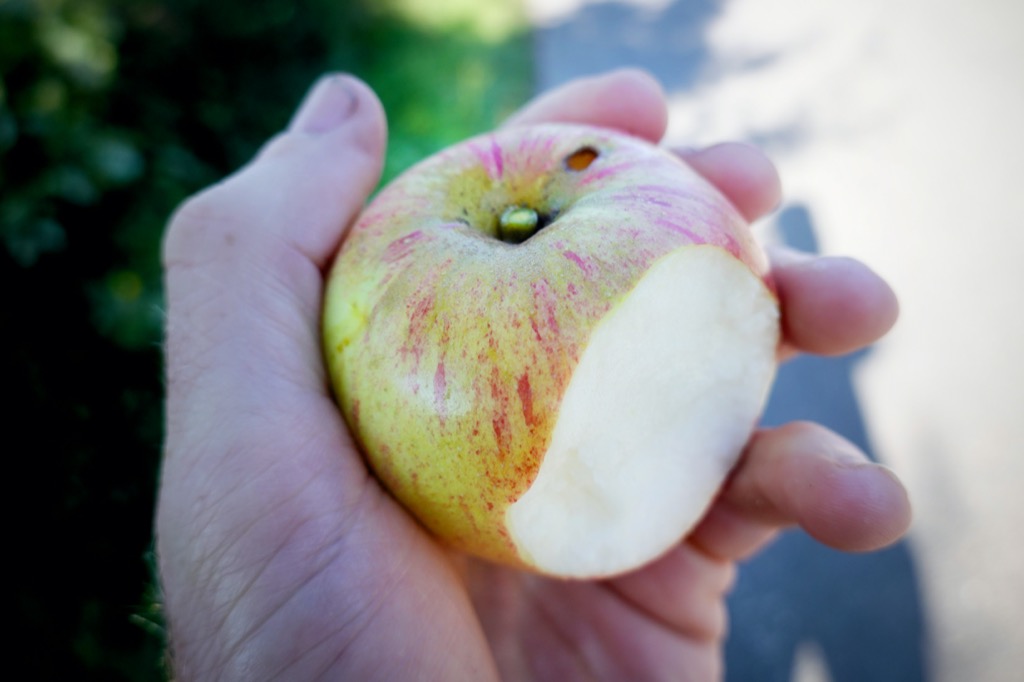
I passed a closed down pub (an only too familiar occurrence on this map), a 200-year-old granite obelisk boundary marker and then rode alongside an old canal choked with reeds and bullrushes. The water was clear though and I bet it was teeming with life (even, perhaps, around the large heap of fly-tipped furniture and old tyres). All I spotted in the impenetrable tangle was a red-beaked moorhen sitting on her vest. A recovery vehicle passed, the driver texting with one hand and holding his coffee in the other. The verge was messy with Red Bull cans, Costa cups and McDonald’s rubbish, but there were also clusters of wild sweet peas growing in the verge strung with sparkling spider webs.
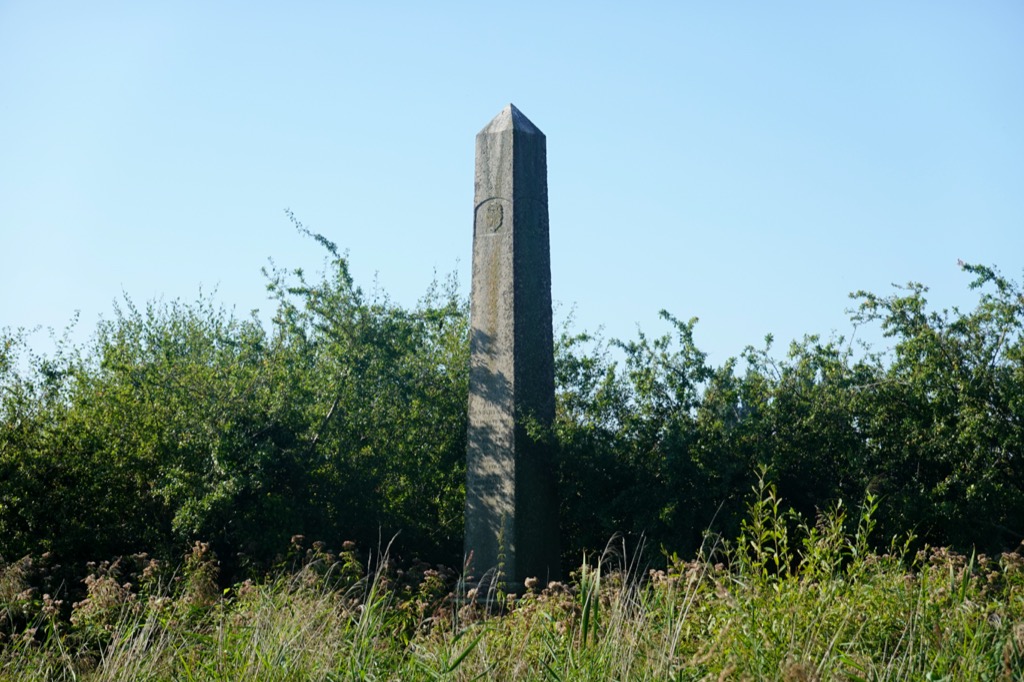

Much less visible for most of the year, spiders make their presence felt in late August and through the early autumn. This is the mating season of some of the most common varieties, when male house spiders come out of hidden corners to look for females, and garden spiders reach adult size and spin their biggest, most dazzling webs. Spiders in the UK are almost all harmless. Farmland species perform valuable ecosystem services, by predating on insects that are our competitors for crops. But they have proved durable repositories of human anxieties – with a cultural association with witches and wickedness dating back to the middle ages. Of around 650 spider species regularly recorded in the UK (around half of which are tiny money spiders), the majority are specialists, which thrive for example in sedge fens, reedbeds, dunes or heathland.
It seems unlikely that spiders will ever attract the same level of human enthusiasm as bees, birds or butterflies, in spite of their unique status as nature’s spinners. But as they reveal themselves in all their finery this autumn, it would be a good thing if more animal lovers recognised the ways in which spiders – as EB White’s Charlotte famously wrote in her web of her friend Wilbur – are simply “terrific”.
A web isn’t a foolproof way of identifying the spider that made it, but its shape will usually allow you to establish which family it comes from, and it’s often possible to be even more specific. British spider webs can be categorised into seven broad types: orb, sheet, tangle, funnel, lace, radial and purse.
A new web takes about two hours to build. Step one is to drift a silk line across a gap on the breeze. After strengthening this supporting strand with extra threads, the spider adds the radial and spiral threads. To finish up the web, the spider removes the central knot of threads and replaces it with a lattice.
The spider waits in a head-down position at the centre of the web or lies hidden among nearby vegetation where it remains in contact by means of a signal thread. When an insect flies into the web the spider approaches the source of the vibrations, bites it and wraps it in silk, to feed on later.
Sheet webs are usually built by the Linyphiidae. This is the largest family of spiders in the UK, with 280 species. It includes the tiny money spiders said to bring good luck if you find one wandering over you.

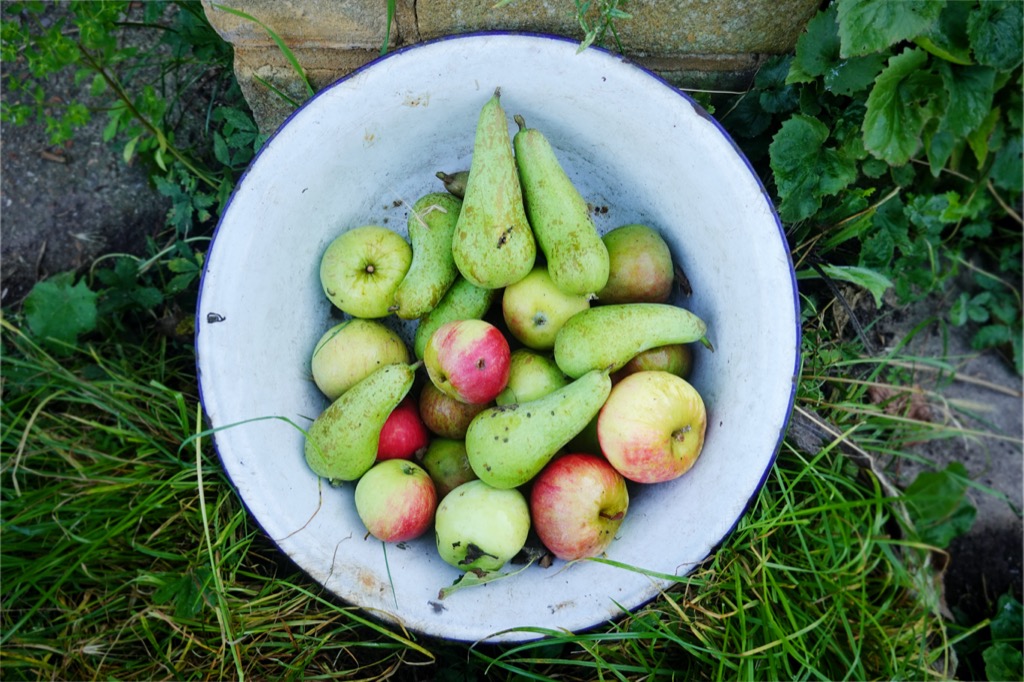
On the edge of the village, just before a long row of black poplar trees led the road off towards fields and the marsh, I passed a small industrial unit, a house offering free windfall apples and pears in a white ceramic bowl (whose occupant was engaged in a loud Zoom call about the history of art and the constitution), and a row of buzzing beehives. It’s almost the end of the season for harvesting honey and soon the cool weather will quieten the hive. But today the sun was hot and glorious and the bees were busy. The distance each bee flies in its life is astonishing. It is possible for bees to fly as far as 5 miles for food, however an average distance would be less than a mile from the hive. A strong colony, around 60,000 bees, therefore flies the equivalent distance from Earth to the Moon everyday! The normal top speed of a worker would be about 15-20mph when flying to a food source and about 12mph when returning, heavily laden, with nectar, pollen, propolis (resin collected from tree buds) or water.
Bees use the position of the sun to navigate and there is evidence too of their sensitivity to the earth’s magnetic field. Also bees’ eyes are sensitive to polarised light, which penetrates through even thick cloud, so bees are able to ‘see’ the sun in poor weather.

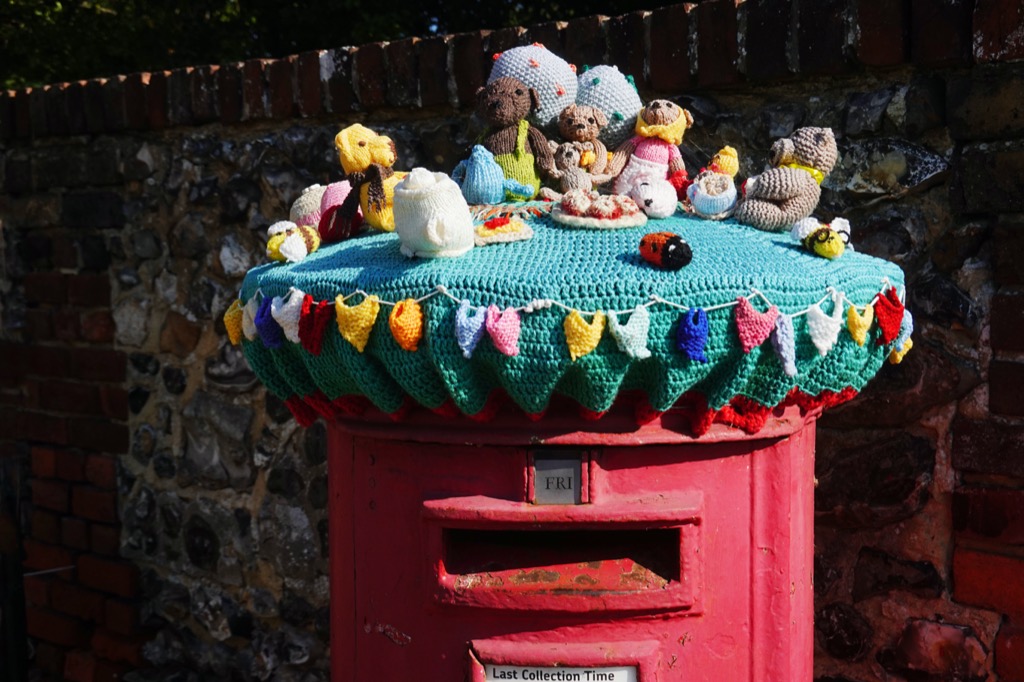

My map showed an orchard north of the village, but that was gone, replaced with golden harvested fields strewn with round bales. The air smelled sweet today, the glorious smell of summer, insects hummed, and I found myself moving slowly, languidly savouring the bright warm sunlight. It was though I was basking, recharging, storing up warmth and sunshine before the hibernation that I know is coming shortly. For today though I was happy to freewheel slowly down the middle of the deserted road, slaloming gently along beside the rustling poplar trees towards an old church that lay at the very end of this road.
I reached the dead end where the road stopped. It felt like the end of the world here, or at least the end of the map. The marshes are flat, wide, isolated, and I have enjoyed them very much this year. I decided to have a look around the small red-tiled roof so I propped my bike against a gravestone and pushed open the magnificent 600-year old wooden door, all gnarled and knotted and carved with birds and flowers and faces. The keyhole was three inches large, but the door was unlocked. I stepped into the cool, quiet church and had a look around.

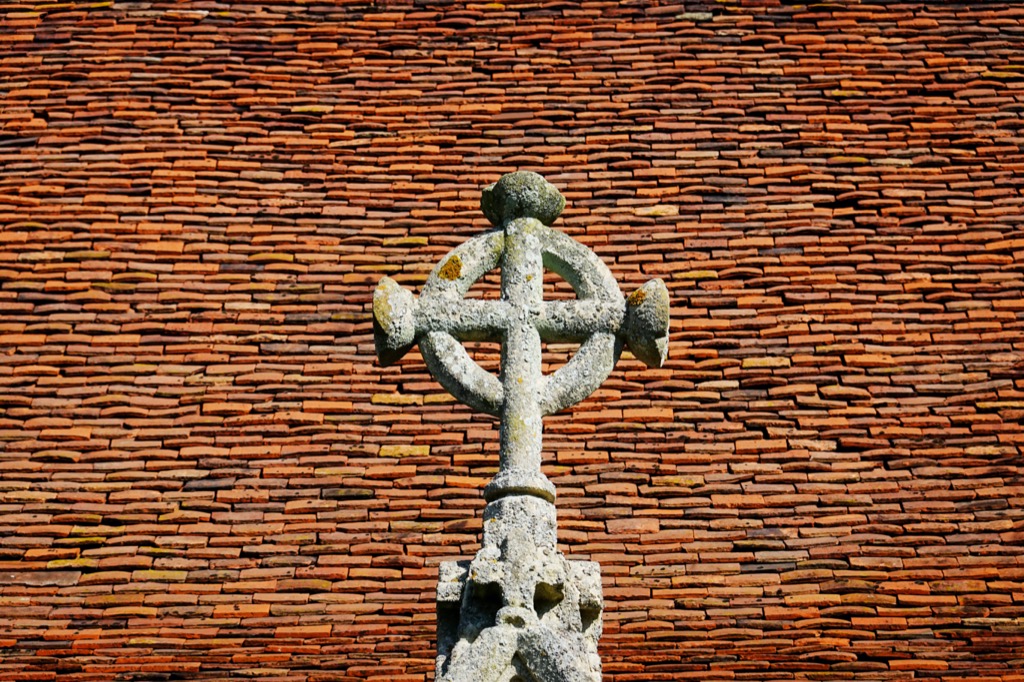
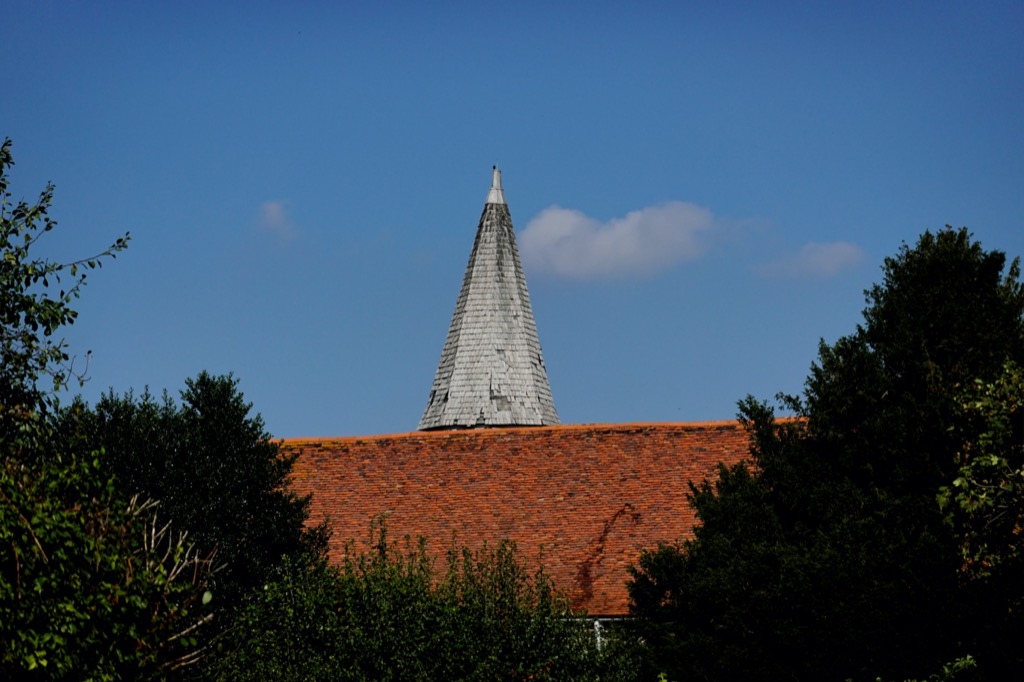
Places like this can feel eternal and unchanging, but even out here development marches on. A rough, hand-drawn notice complained about the ‘Development of 6 houses proposed here = light polution [sic] noise extra trafic [sic], No gas, mains drains no street lights no paths. Small country lane. Please object.’
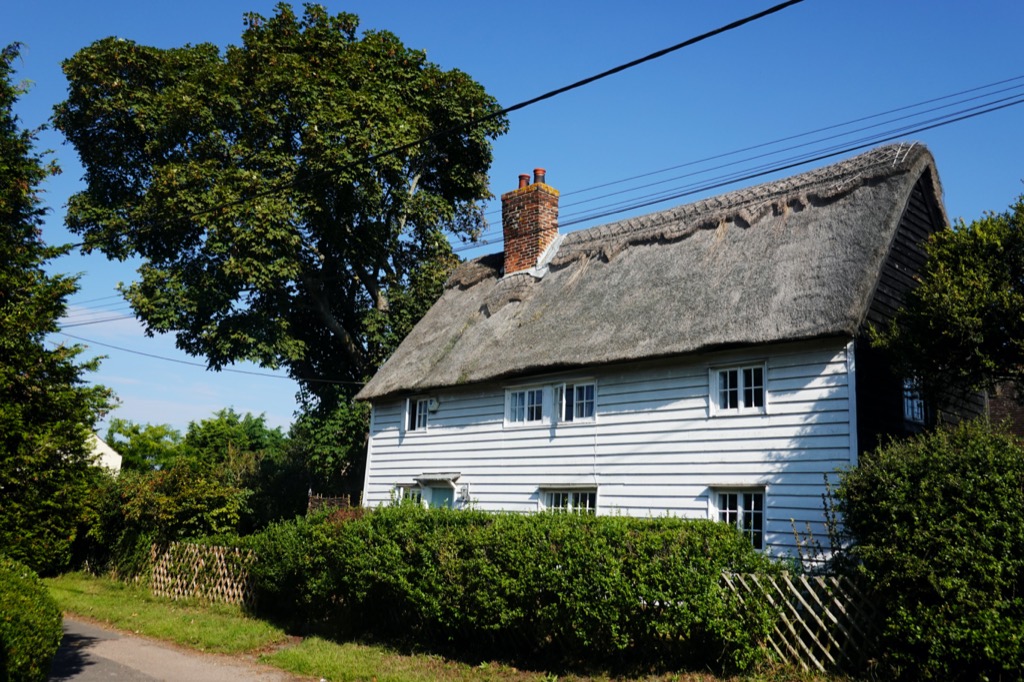


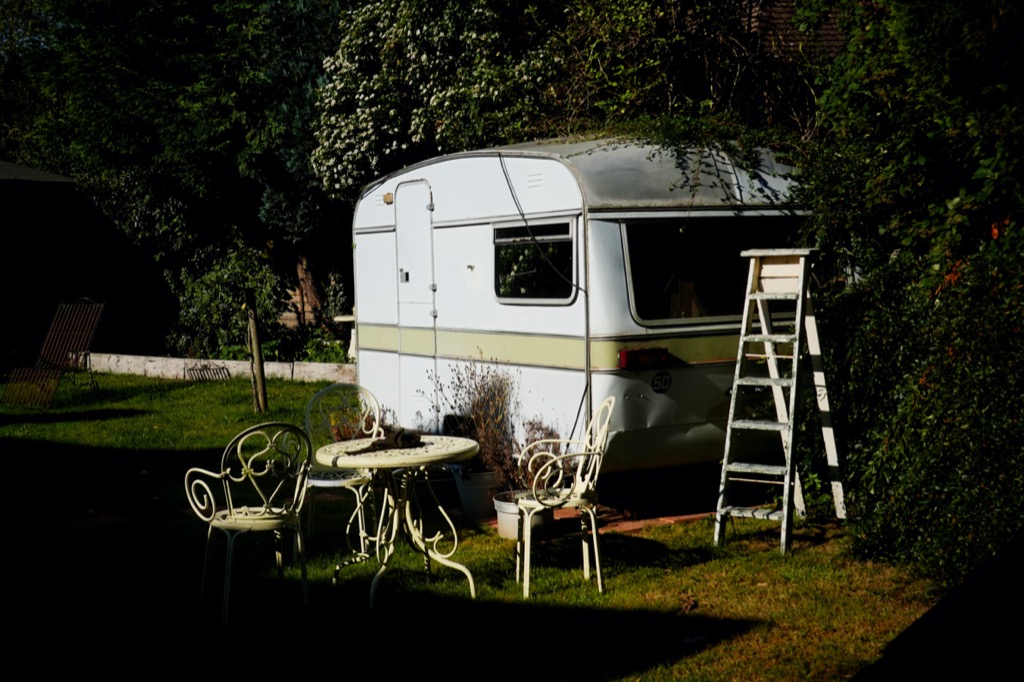
I ride away from the cluster of thatched cottages around the church along a footpath lined with brambles and small oaks. Progress is stop start as I keep stopping my bike and starting to eat more blackberries. There were thousands upon thousands of them along this lane. The fox poo I passed was stuffed with berries. I soon become more discerning in my blackberry selection: the berries on the north side of the path are nicely chilled, but not so plump or sweet as those on the sunnier southern side. ‘Life can be so sweet on the sunny side of the street…’
My quiet progress startled a Great Spotted Woodpecker which flapped indignantly and loudly up into the tree tops. I paused to peer at a blood red fungus attached to the trunk of an oak tree. Oak timber that has been infected with this parasite is greatly valued by wood turners and cabinet makers, who sometimes refer to it as ‘Brown Oak’. If you cut through the flesh of Fistulina hepatica, the Beefsteak Fungus, it certainly does look like a slice of prime beef; unfortunately the taste is not as good as the appearance. Young specimens are rather more palatable, and are best simmered slowly to soften the flesh.

The closer I got to the marshes, the more the fields had a scruffy, scrubby appearance; half unkempt and not far from becoming wild once more. The grass was tussocky, like bed head, with scrub, brambles, and oak saplings dotted around. Closer to the village the fields were in that untidy post-harvest, pre-plough state. The whole square felt more of a scattered hodgepodge than elsewhere on my map, with the landscape harder to decipher and interpret compared to the wooded hills and tended farmland of just a few miles away. This grid square had a classic edgeland field, and I enjoyed it.



Really enjoy reading your exploration around the map – the musings and tangents are especially interesting.
But this one made me snort ” moorhen sitting on her vest”….!
Good stuff!
Really enjoy reading your exploration around the map – especially the musings and tangents.
But this one made me snort ” moorhen sitting on her vest.”
Good stuff!
Ha! Woops!